A durable, compliant roof is essential to protecting your property’s value and safety. Roofing Services in Brockley defend homes and businesses from leaks, rising energy bills, and structural wear—safeguarding your most valuable asset. Serving London and the Home Counties, every project receives meticulous care, compliance, and the promise of long-term performance.
Benefit from decades of experience, Which Trusted Trader status, CITB certifications, and partnerships with Welsh Slate, ALM Lead, and Kemper. Secure peace of mind and optimal results—book a free survey today and protect your property.

Neglecting your roof means risking leaks, damp, energy loss, and hidden structural issues. Delaying action always increases costs and future stress for property owners.

Roofing Services in Brockley directly resolve these risks, improving weather protection, energy efficiency, and compliance with Building Regulations. Homeowners gain peace of mind, landlords safeguard value, and businesses ensure safety with minimal disruption. Proactive roofing care is a secure investment in your property’s protection, performance, and regulatory certainty.
Roofing Services in Brockley includes installations, repairs, upgrades, and restorations for homes, businesses, and heritage properties. Each project is delivered to rigorous standards, using quality materials from trusted suppliers and always meeting Building Regulations. Every service is tailored, ensuring your roof offers optimal protection, durability, safety, and value.
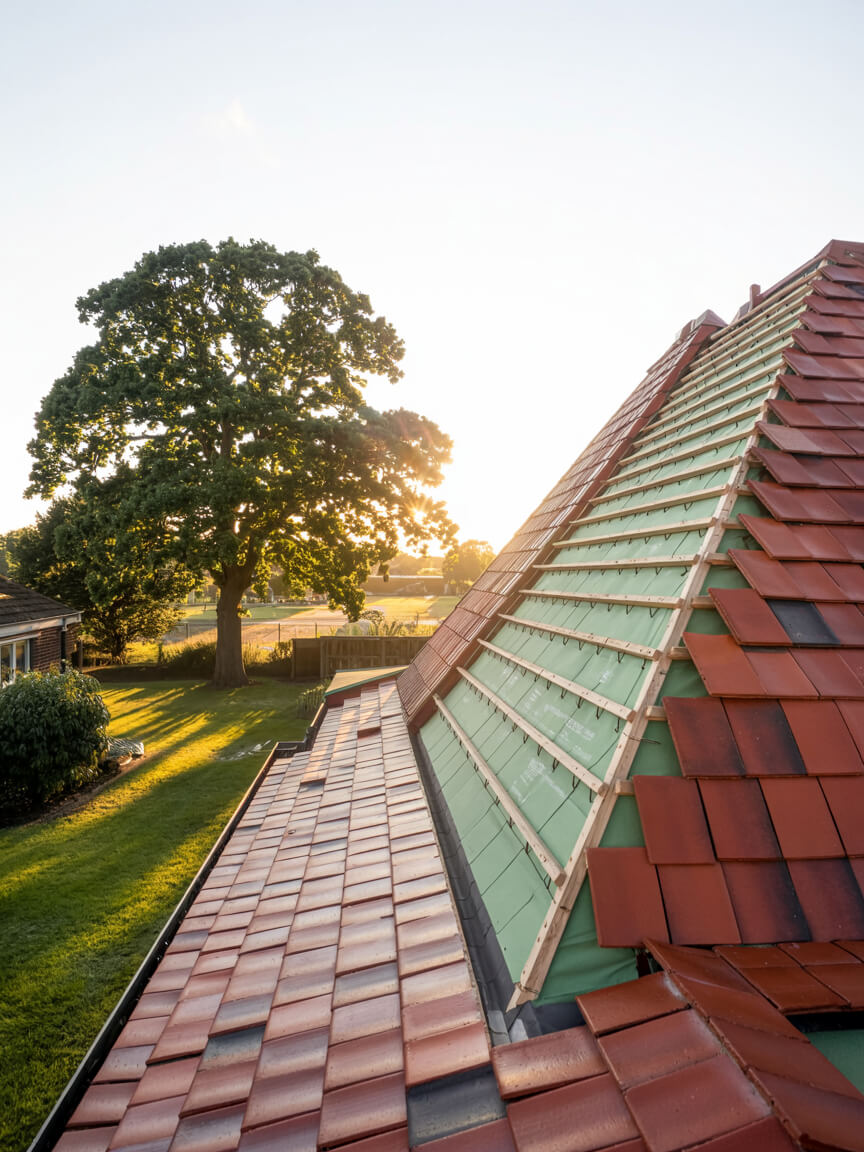
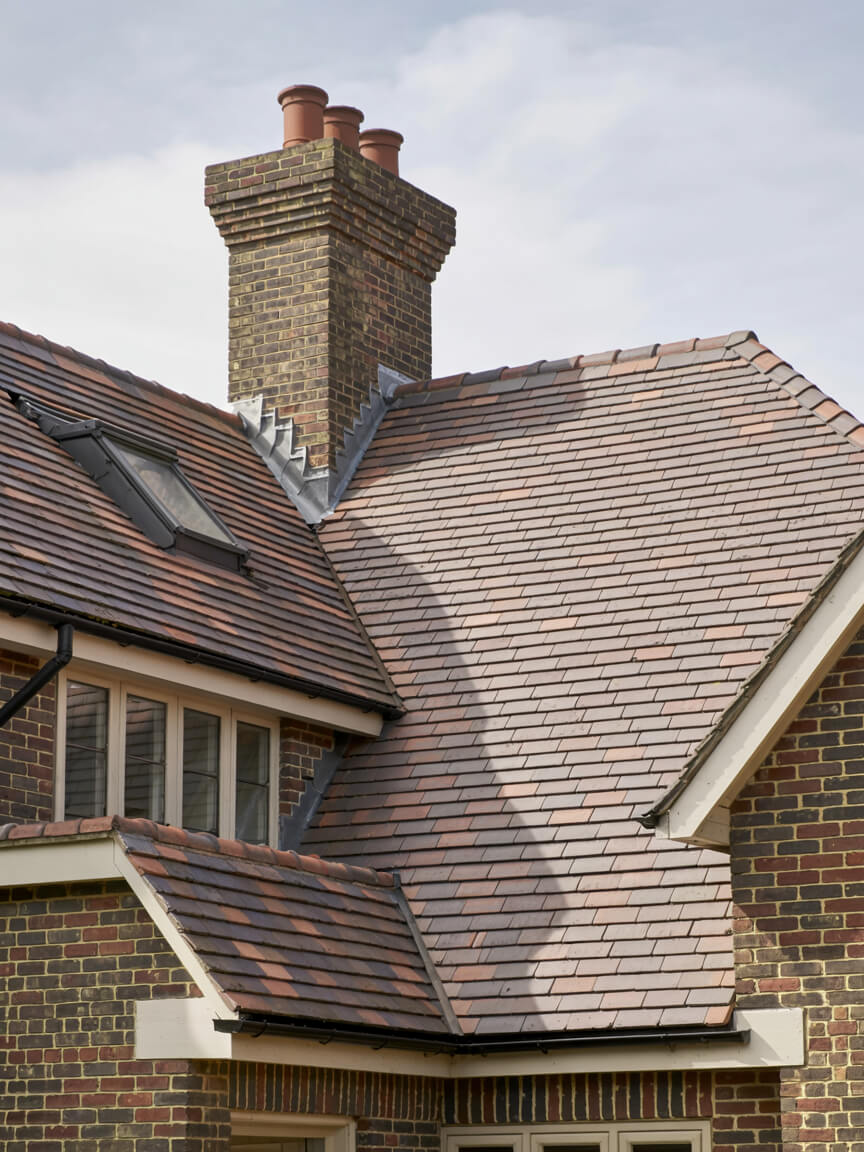
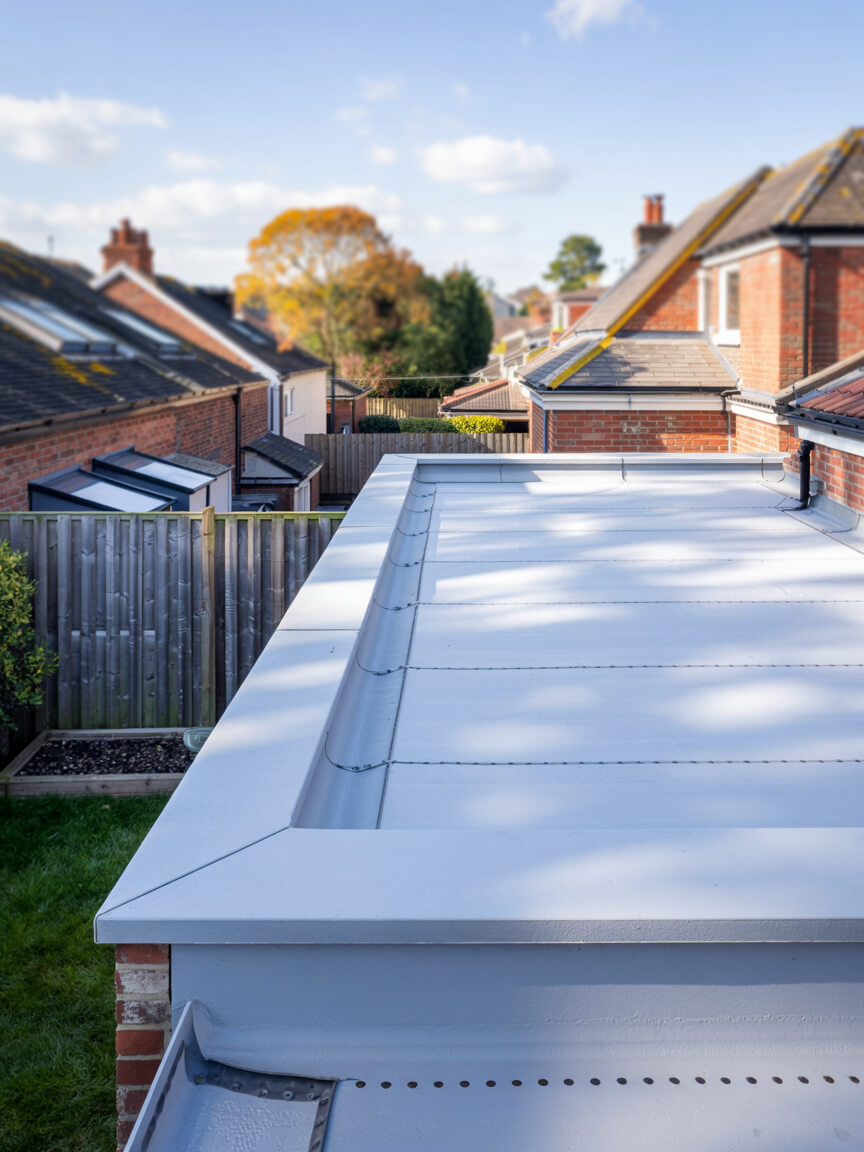
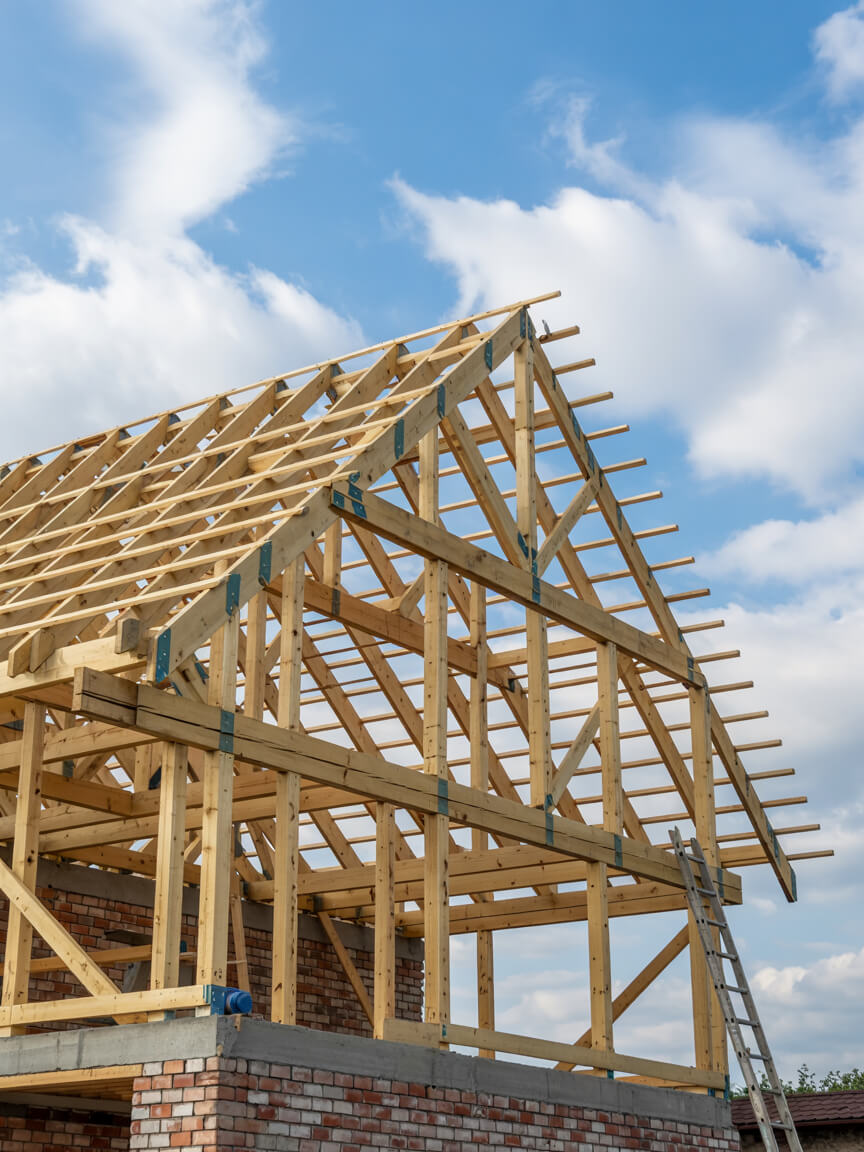
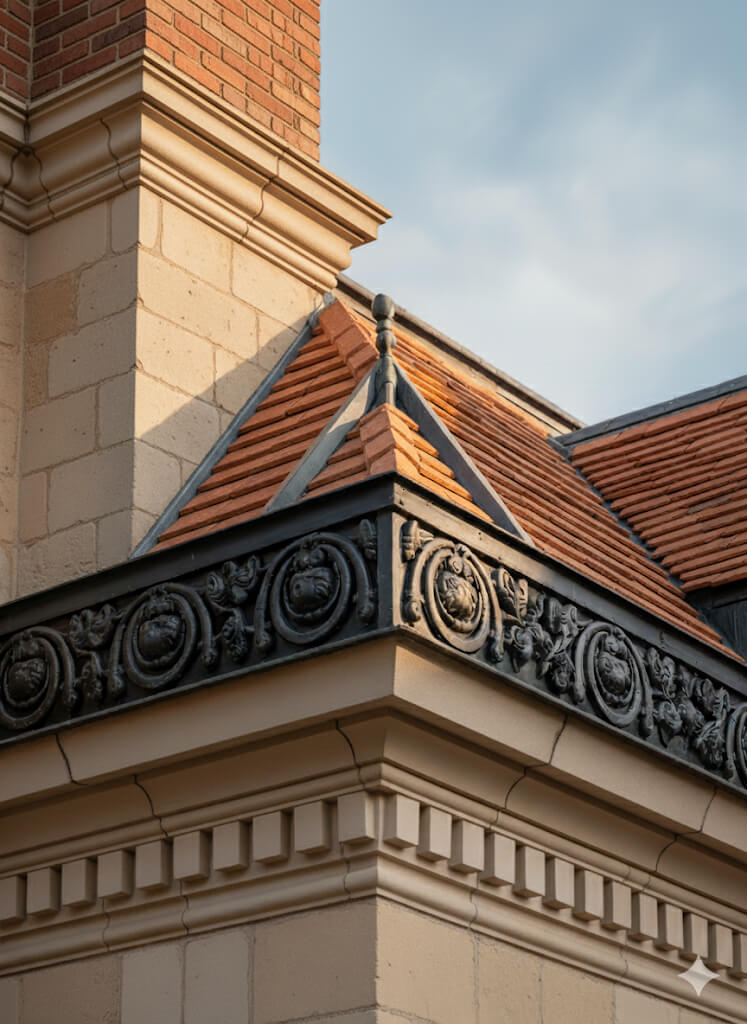
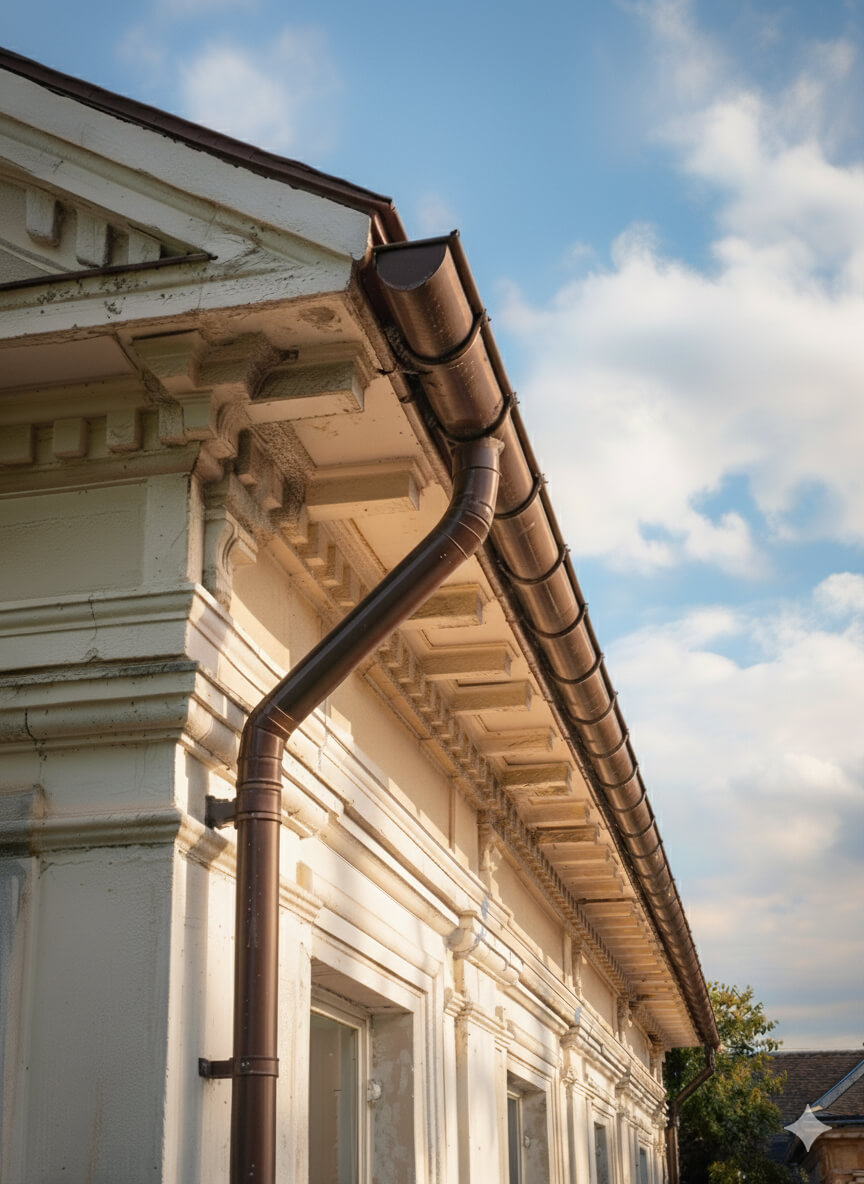

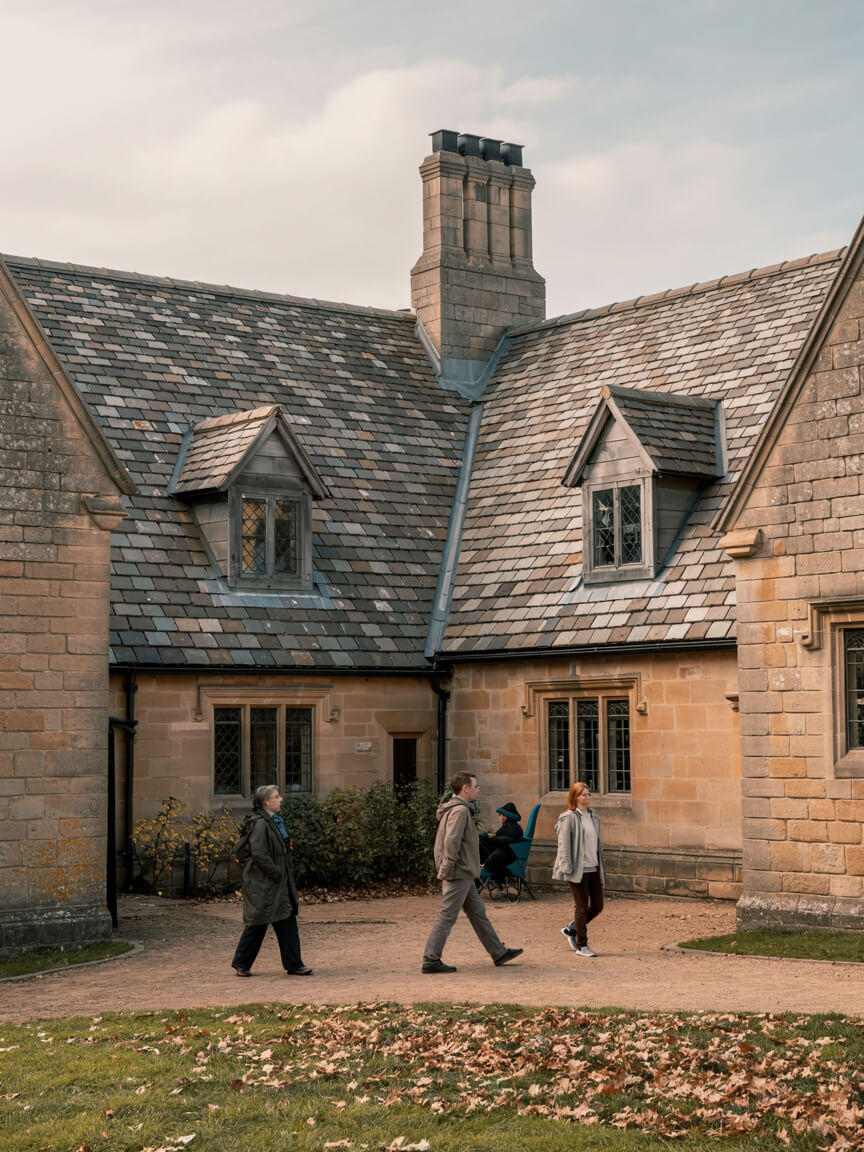
Every Roofing Services in Brockley project is adapted for property type, roof structure, and environment. This tailoring ensures regulation compliance, minimises disruption, and maximises long-term value. From homes and businesses to industrial sites and listed heritage buildings, our approach guarantees roofing solutions that meet unique requirements while providing safety, efficiency, and reliability.
Homes, extensions, and listed buildings.
Offices, retail, schools, and hospitality.
Warehouses, factories, and logistics sites.
Every Roofing Services in Brockley project follows proven steps with quality materials. Whether the work is a new installation, upgrade, or repair, each layer delivers durability, safety, and efficiency—customised to protect your property and exceed regulatory standards.
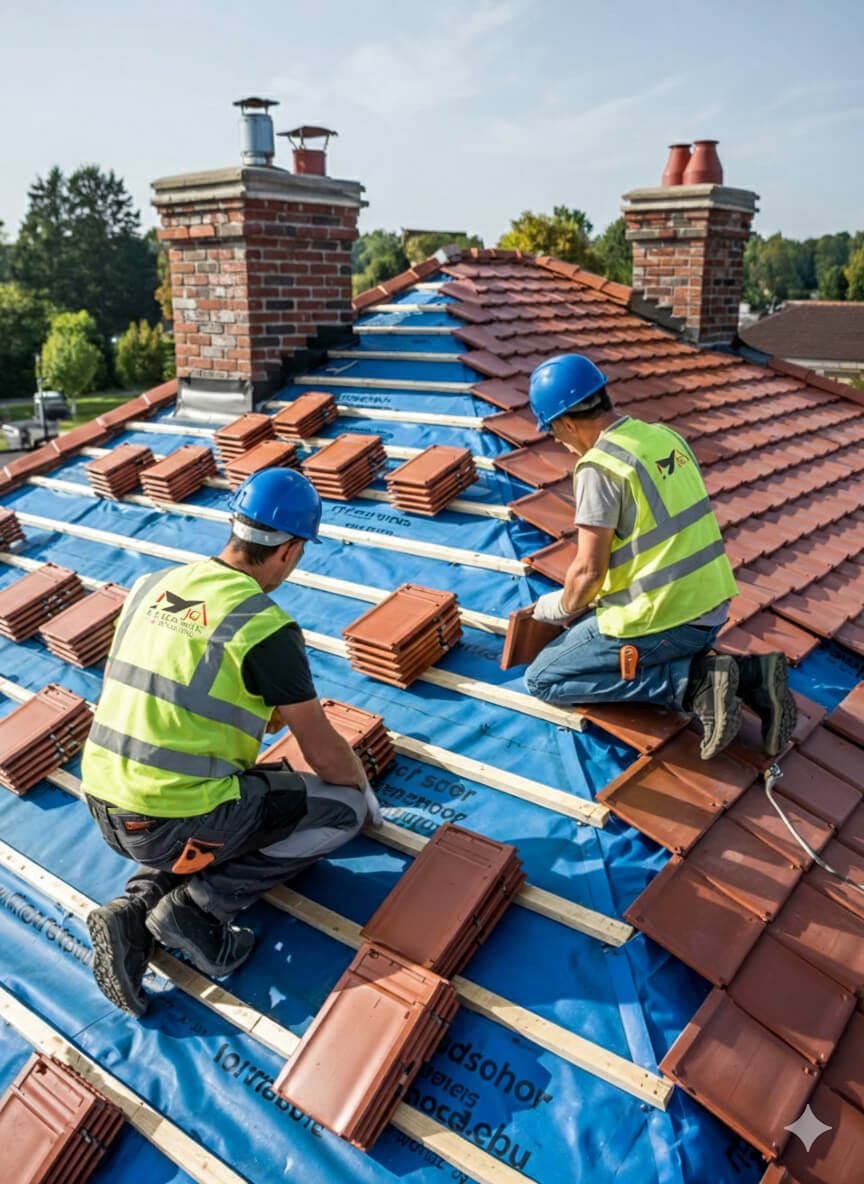
Get a free, no-obligation quote today.
Our experts are standing by to help you choose the perfect flat roofing solution.
⏱ Response within 24 hours guaranteed
Accredited by Which Trusted Trader, CITB, and approved by Kemper and Westwood, our team delivers safe, compliant, warranty-protected Roofing Services in Brockley projects. These credentials mean guaranteed standards and lasting assurance—reinforced by positive client reviews that consistently highlight quality, professionalism, and trust.


Complete reroofing. Living in Singapore at the time and T was super responsive and communicative.
Replacement of lead box gutter and new flashing to parapet wall. I had an excellent experience using James and the team. He was very prompt in all aspects of communication and completed a first class job. Really pleased.
James completed some repairs on our roof and replaced some of our pebble dash by the roof as well. He was very thorough and fixed everything. He kept us really informed by taking photos and showing us what he did and keeping us updated. It also went onto our neighbours roof and he did the same fo...
We had a leak in our bedroom and James fixed the roof for us to stop it from leaking. All the work came with a warranty. The work that was carried out was good. James and his team were polite, and did all the work quickly and without too much interruption to our day-to-day lives. Would recommend ...
J G Leadworks have repaired and replaced the roofs and gulleys over our warehouse and workshops which have meant both areas are now watertight
James and team were incredibly responsive to my request to look at a serious leak issue on my flat roof. They did a very thorough investigation and explained in detail the issue and gave a fair quote. They were quick to book in and complete the work and have checked in afterwards a few times to m...
James was quick to respond to the initial contact and was able to work around some time constraints I had. He explained what needed doing clearly and was happy to answer follow up questions. He took pictures to show each stage and I feel confident in the work that was done by James and the team. ...
JG Roofing were very easy to work with. Their quote was sensible and they stuck to that figure. They completed many repairs to my roof including, rebuilding a leaded gutter, reinforcing rotten rafters, rebuilding a long felted gutter and felting parapet walls, resurfacing and felting a flat roof,...
Planning and legal checks protect you from costly errors, delays, and non-compliance, ensuring roofing projects meet all regulatory and safety requirements.
Permission is often required for listed properties, conservation areas, or significant roof changes. All projects must comply with Building Regulations, such as Part A (structural safety) and Part L (energy efficiency), guaranteeing compliant and future-proofed installations.
Our team manages the entire process: from initial surveys to legal guidance, preparing documentation and liaising with local authorities where needed. Modern homes or historic sites, every project is delivered legally, safely, and with minimal disruption—giving property owners total reassurance and peace of mind.

Every project merges skilled workmanship with rigorously tested materials.
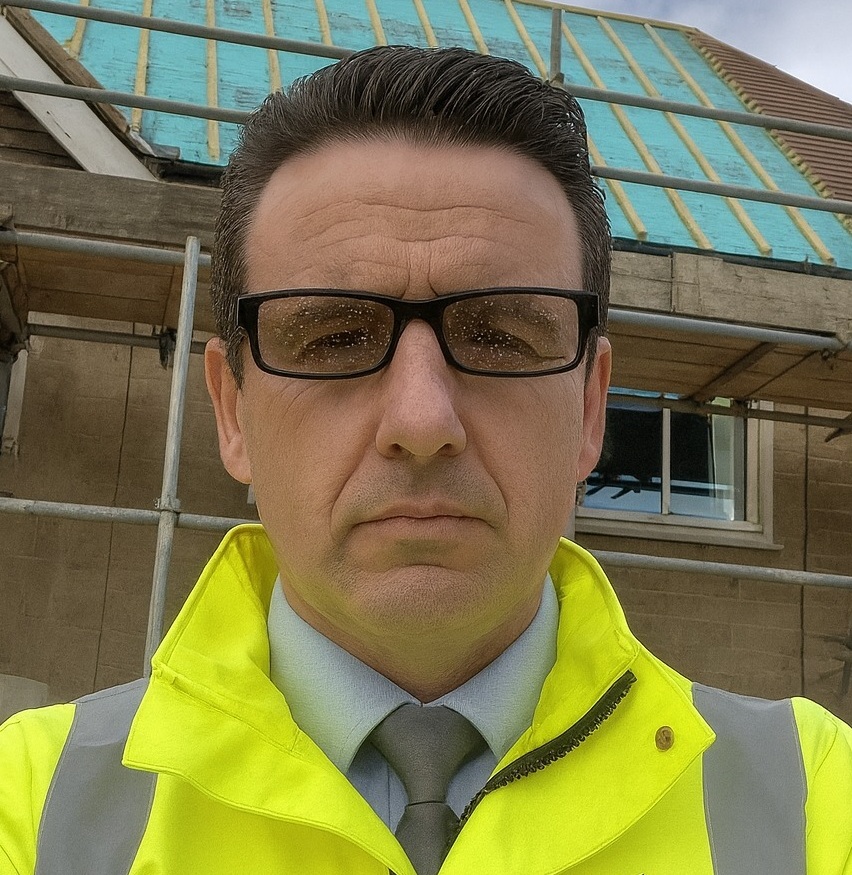
With 25 years of experience in lead sheet roofing, James is a trusted expert in heritage roofing, slate, and tiling. His knowledge of traditional methods, paired with modern compliance, makes him a go-to specialist for projects that demand both craftsmanship and durability.
Roofing Services in Brockley offers lasting protection, efficiency, and value—delivering durable, compliant roofing solutions to safeguard every property investment.
Selecting Roofing Services in Brockley means balancing durability, budget, compliance, and aesthetics to secure the best solution for your property.
Why Clients Choose JG Leadwork and Roofing
With decades of trade experience, our teams understand the unique demands of London and Home Counties roofing. From heritage-listed properties to contemporary extensions, we adapt solutions to local regulations, weather conditions, and architectural styles with precision.
Accredited by Which Trusted Trader, CITB, and approved by Kemper, Westwood, IKO, ALM, and other leading suppliers.
These credentials guarantee safety, compliance, and access to manufacturer-backed warranties, giving clients peace of mind that their project meets the highest professional standards and benefits from warranty protection.
Our heritage projects use Welsh Slate and handmade clay tiles for authenticity, while leadwork is delivered to Lead Sheet Association (LSA) standards. Commercial installations employ Kemper and Westwood liquid systems for durability and efficiency. Each example demonstrates our reliability, blending traditional craftsmanship with modern performance.
Our workforce includes skilled roofers, heritage specialists, and safety-certified installers.
Every roofer holds NVQs, receives ongoing CPD training, and is qualified in both modern flat systems and traditional techniques, including slate and leadwork.
Team structure ensures projects run smoothly—surveyors identify needs, installers deliver with precision, and supervisors oversee compliance. This approach minimises disruption, accelerates timelines, and guarantees consistent quality across residential, commercial, and industrial roofing projects.
Every project is regulation-compliant, warranty-backed, and focused on long-term results.
Client testimonials and case studies confirm our track record, with projects praised for professionalism, durability, and customer support.
We go beyond installation with aftercare packages, maintenance support, and open communication at every stage. Property owners gain reassurance that JG Leadwork and Roofing stands behind its work. Book a free survey today and discover why homeowners, landlords, and businesses trust us with their roofing.

Get a free quote, rapid response, and expert service across London and the Home Counties. Contacting JG Leadwork and Roofing is your simple first step to dependable roofing solutions.
We source materials from leading suppliers including Supreme and IKO felt systems, Kemper, Westwood and Proteus liquid systems, Welsh Slate, handmade clay tiles, ALM Lead Mills, and Nicholson Air Track. These trusted brands guarantee durability, compliance, and warranty-backed performance across flat, pitched, heritage, and commercial roofing projects.
.
.
For homes, Roofing Services in Brockley safeguards comfort and enhances kerb appeal with durable, energy-efficient systems. Whether modern extensions or traditional pitched roofs, tailored solutions improve living standards and protect property value.
For businesses, Roofing Services in Brockley delivers cost-effective, large-scale installations with minimal disruption. Projects are planned around operations, with safety compliance, energy performance, and flexible scheduling built in—supporting offices, retail, schools, and industrial facilities with reliable, regulation-ready outcomes.
For heritage properties, Roofing Services in Brockley combines authentic materials such as Welsh slate, handmade clay tiles, and ALM lead with skilled conservation techniques. Listed building consent and conservation requirements are fully managed, ensuring traditional character is preserved while integrating modern weatherproofing. This careful balance provides long-term durability without compromising historic integrity or aesthetic value.
JG Leadwork and Roofing delivers Roofing Services in Brockley across housing, commercial, heritage, and public sectors. Every industry comes with unique requirements, from safety and compliance to efficiency and conservation. Our adaptability ensures projects are delivered with precision and professionalism—whether safeguarding homes, supporting business continuity, preserving history, or protecting critical public and healthcare facilities.
Durable roofing installed with minimal disruption, ensuring safe, regulation-compliant workspaces for staff and visitors.
High-standard, compliance-focused solutions protect community facilities while meeting strict safety and regulatory obligations.
Heavy-duty roofing tailored for wide spans, ventilation, and long-term maintenance efficiency.
Authentic materials and sensitive methods preserve historic character while adding modern protection.
Weatherproof systems that enhance kerb appeal and guarantee uninterrupted trading for outlets.
Tailored roofing improves guest comfort, safety, and ambience across hotels, restaurants, and venues.
Safe, durable systems designed for schools and universities with minimal learning disruption.
Specialist roofing solutions built for hygiene, safety, and regulatory compliance in medical environments.
Our team of NVQ-qualified roofers, LSTA-trained specialists, and health & safety-compliant professionals bring decades of combined experience. Every project is delivered with meticulous attention to detail, ensuring safe practices and consistent quality across flat, pitched, heritage, and commercial roofing disciplines.
Expertise includes heritage leadwork, slate and tile roofing, modern flat systems, and drone-assisted roof surveys. Ongoing CPD training ensures adaptability to both traditional craftsmanship and the latest innovations—giving clients confidence that every roof is built or repaired with proven skill and care.

A thorough survey highlights existing issues, structural considerations, and upgrade opportunities, ensuring the best-fit solution is identified from the very beginning.
Transparent, itemised quotes detail costs, timelines, and materials—giving you complete clarity and confidence before work starts, with no hidden surprises.
Scaffolding, access solutions, and robust safety measures are put in place to safeguard both property and people throughout the project.
Skilled roofers complete the work using accredited materials and proven techniques, delivering durable, compliant results while keeping disruption to a minimum—whether for repairs, replacements, or new installations.
Each stage is inspected against manufacturer standards and Building Regulations, with photographic documentation provided for transparency and peace of mind.
Each stage is inspected against manufacturer standards and Building Regulations, with photographic documentation provided for transparency and peace of mind.
In a competitive roofing market, many providers look the same on paper. JG Leadwork and Roofing stands out through proven expertise, accredited methods, and specialist techniques. Our combination of traditional craftsmanship and modern technology makes us the safer, smarter choice across residential, commercial, industrial, and heritage projects.
In a competitive roofing market, many providers look the same on paper. JG Leadwork and Roofing stands out through proven expertise, accredited methods, and specialist techniques. Our combination of traditional craftsmanship and modern technology makes us the safer, smarter choice across residential, commercial, industrial, and heritage projects.

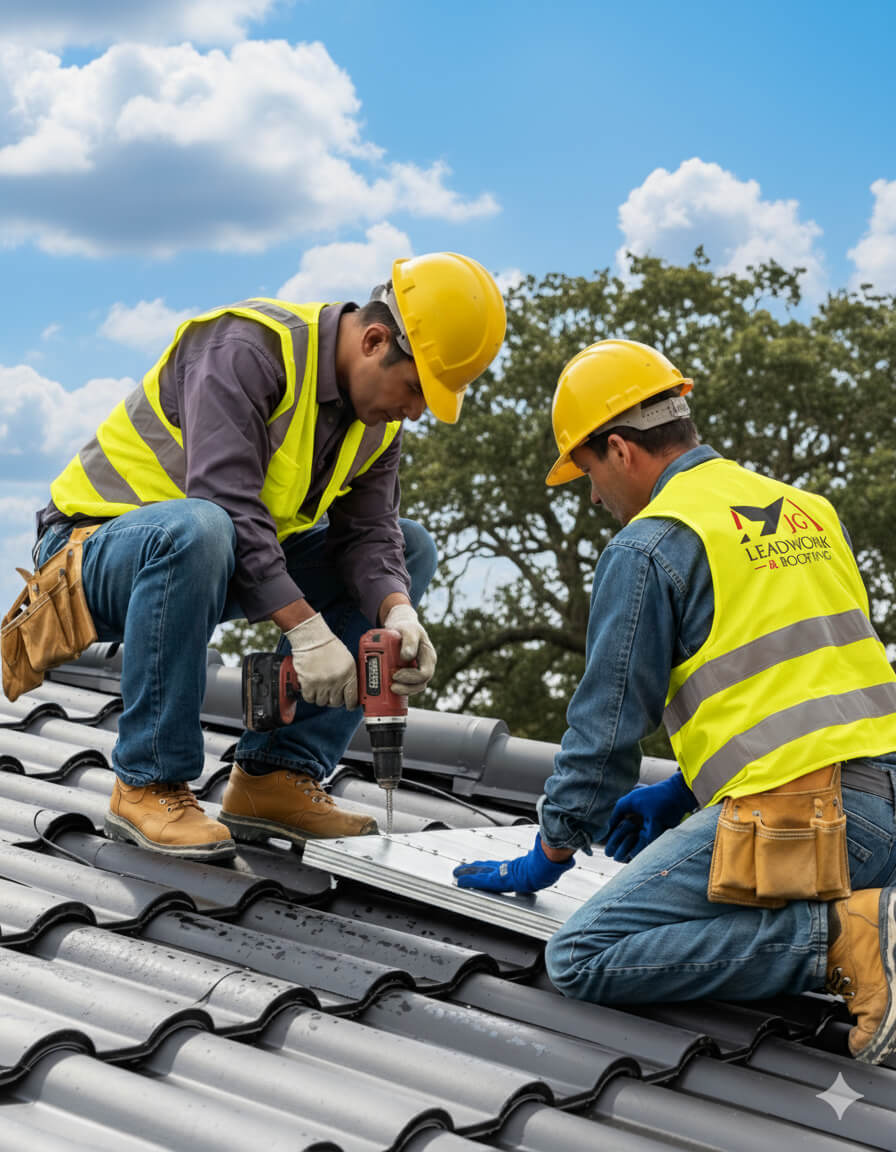
At JG Leadwork and Roofing, every project follows a structured QA process. Each stage—materials, installation, safety, and final sign-off—is measured against manufacturer specifications and UK Building Regulations to ensure durability, compliance, and warranty-backed performance across all roofing services.
Projects are only signed off once all QA checks are complete, giving clients confidence in long-term performance, structural safety, and insurance-backed peace of mind.
Every Roofing Services in Brockley project by JG Leadwork and Roofing is delivered in strict alignment with UK Building Regulations and recognised frameworks. This ensures structural safety, energy efficiency, durability, and protects warranties and insurance coverage across residential, commercial, industrial, and heritage properties.
Clients can be confident their project is completed legally, safely, and insurance-ready—delivering long-term performance, compliance assurance, and complete peace of mind.
Property owners often wonder about Roofing Services in Brockley—from costs and timescales to permissions. Below, you’ll find straightforward, trustworthy answers to the most frequent and practical queries.
When water enters your property after heavy rain, the impact goes beyond irritation—persistent leaks frequently cause interior damage, timber rot, mould, and may even result in insurance complications if unaddressed. For property owners, contractors, and architects, grasping the common root causes of leaks is essential to prevent further damage and escalating costs. Here is an expert breakdown of the leading technical, design, and environmental reasons that roofs in Brockley typically develop leaks during the UK’s unpredictable weather.
On both pitched and flat roofs, the outer covering—tiles, slates, or membranes (like felt or EPDM on flats)—forms the initial barrier to rain. Over time, exposure to UV radiation, wind, and freeze–thaw cycles wears down these materials. For instance, torch-on felt may become brittle and crack, and interlocking tiles can shift out of place due to thermal movement or failed fixings. Even small splits or missing tiles allow water to reach the timber structure or insulation, which readily absorb moisture.
Typical signs include water stains on ceilings after storms, cracks or bubbles on flat roofing, and slipped or missing tiles following strong winds. If these outer layers are breached, water exploits the gap—sometimes via capillary action, which is water’s ability to travel between surfaces—leading to timber rot or insulation damage and, if unchecked, extensive repair work.
Flashing is the metal or waterproof material that seals vulnerable joints—like those around chimneys, valleys, or roof-to-wall junctions. In the UK, lead flashing is common, but splits, poor overlaps, or poorly fixed sections regularly cause leaks. Modern alternatives such as butyl strips or preformed trims can also degrade due to building movement or temperature fluctuations.
Watch for:
When flashing fails, water may enter roof cavities, sometimes out of sight. With repeated exposure, this leads to internal damp—most acute during driving rain or windy conditions that blow water under loose joints.
Flat roofs are especially vulnerable to leaks related to their design:
Poor insulation or blocked ventilation causes interstitial condensation—moisture that accumulates unseen within roof layers. Blocked vents or overpacked loft insulation prevent moist air from escaping, encouraging hidden timber decay. UK Building Regulations (Part L) require specific insulation and adequate ventilation to reduce condensation risk and maintain energy performance.
Established diagnosis methods include:
A practical comparison table:
| Likely Cause | Visual Symptom | Major Risk If Ignored | Indicative Remedy |
|---|---|---|---|
| Split membrane/blistering | Cracks, blisters, ponding | Water ingress, insulation rot | Patch/renew covering |
| Slipped or missing tile | Visible gaps, daylight through | Internal leaks, timber rot | Replace/fix tile |
| Failed lead flashing | Damp near edges, green staining | Damp patches, wall structure risk | Repair or replace flashing |
| Blocked outlet/standing water | Pools, moss, algae | Faster material failure | Clear outfalls, adjust fall |
| Inadequate ventilation | Mould, damp in loft | Concealed timber decay | Improve vents/airflow |
Recognising these issues early helps protect your property, reduce the risk of expensive repairs, and extend the life of your roof within Brockley’s demanding climate.
When budgeting for a new roof in London, one of the biggest choices is between slate roofing and tile roofing. Both materials promise longevity and strong visual appeal, but their total installed price depends on several factors beyond the visible surface. Property owners, architects, and contractors need to weigh not just up-front cost, but also the impact of UK building regulations, required workmanship, and location. Here’s how the most important cost drivers break down.
The first major influence on price is the roofing material itself. Slate is a natural stone sourced from quarries, heavier and more labour-intensive to instal. Clay or concrete tiles are manufactured products—lighter, more uniform, and generally easier to handle.
With slate, approximately 60% of the cost goes to labour and 40% to materials, while tile projects usually see a more equal split between the two.
UK roofing must comply with strict standards. Two—Building Regulations Part L and BS 5534—fundamentally shape cost and design.
Failing to align with these standards risks Building Control sign-off and future resale complications.
Costs are heavily shaped by project context beyond material and regulation.
All these factors should be included in your project cost assessment—not just the price per m².
Comparing slate and tile on the most significant variables helps clarify total project value:
| Factor | Slate (typical) | Tile (typical) | Why It Matters |
|---|---|---|---|
| Supplied & fitted (£/m²) | £90–£130 | £65–£95 | Slate is pricier for both product and labour |
| Labour intensity | High (hand-laid) | Moderate (machine-fit) | Slate requires more skilled workmanship |
| Regulatory demands | Higher for support & pitch | High for insulation | Both must meet Part L & BS 5534, but details differ |
| Heritage compliance | Usually required | Sometimes restricted | Many period properties specify slate by law |
| Life expectancy | 80–120+ years | 50–80 years | Longer life can offset up-front cost |
Choosing between slate and tile means balancing budget, aesthetic requirements, regulatory needs, and the expected lifespan of the roof. Always consult current UK Building Regulations and local planning rules before proceeding.
Slate and tile roofs are prized for their traditional appearance and proven durability on homes and historic buildings throughout the UK. Still, even the most resilient roof coverings require consistent maintenance to prevent minor defects from developing into serious issues. Keeping up with essential maintenance helps homeowners, landlords, facility managers, and heritage custodians avoid expensive repairs, maintain structural safety, and ensure ongoing protection against the UK’s challenging weather patterns. Regular upkeep is also important for meeting insurance and warranty standards, preserving asset value, and staying compliant with building regulations.
Although slate and clay or concrete tile roofs are engineered for long life—often spanning several decades or more—routine maintenance is about more than just glancing at the surface. Proactive care centres on identifying small problems before they undermine waterproofing or insulation. Key tasks include:
A formal inspection by a qualified roofer is recommended at least every five years, or more often for older or exposed roofs and listed or heritage properties.
Maintenance frequency and complexity for slate and tile roofs are influenced by several factors:
By understanding the particular risks of each site, property owners can plan a sensible schedule for inspections and cleaning.
Effective maintenance practices include:
Addressing defects early prevents the gradual build-up of moisture, rot, or expansion damage from the freeze–thaw cycle, preserving both the roof and internal finishes from major repairs.
The long-term performance of your slate or tile roof varies by material, as shown below:
| Material | Typical Lifespan | Inspection Frequency | Maintenance Needs |
|---|---|---|---|
| Slate | 80–100 years+ | Every 5 years | Minimal; replace cracked/broken slates |
| Clay Tile | 50–80 years | Every 3–5 years | Check for frost damage, repoint mortar |
| Concrete Tile | 30–50 years | Every 3–5 years | Inspect for surface erosion/cracks |
| Fibre Cement | 20–40 years | Every 2–3 years | Seal edges, patch minor defects |
A well-maintained slate or tile roof can confidently serve generations of property owners, provided regular inspections and small repairs are part of ongoing stewardship.
When investing in a new roof or repair works in Brockley, understanding cost structure, warranty protections, and installer credentials is as critical as the technical job itself. Homeowners want transparency to avoid surprise bills, landlords need predictable expenses and audit-ready documentation, and commercial property managers rely on clear warranty and insurance alignment to de-risk asset ownership and maintenance. The right roofing decision blends financial certainty with long-term assurance—a safeguard against both immediate weather threats and unforeseen future costs.
Roofing costs in Brockley vary due to several key factors, but all boil down to a combination of labour, materials, property characteristics, and project scale.
| Service Type | Typical Range (UK) | Key Influences |
|---|---|---|
| Roof Repair | £250 – £1,200 | Damage type, access, materials |
| Roof Replacement | £5,000 – £15,000+ | Size, structure, insulation, finish |
A trusted installer will provide a transparent, line-by-line estimate, clearly distinguishing “must-have” works from options, and flagging any potential hidden costs after an inspection.
A professional roofing service always offers an insurance-backed warranty—this standard assurance typically lasts 10–20 years depending on materials and includes parts, labour, and the crucial element of underwritten backup if the installer ceases trading.
Long-term warranties not only shield against hidden defects but also help ensure that your property’s roof will not become a future legal or insurance headache.
Selecting an accredited installer is the strongest hedge against both financial risk and subpar work. Key signals include:
An accredited specialist understands and delivers on Building Regulations requirements, issues proper certificates, and manages documentation that gives both legal and resale security.
Apparent savings from cut-price roofers nearly always backfire:
In short, seemingly minor shortcuts create lasting liability and often multiply long-term costs far beyond the original quote. The only fail-safe is a transparent contract, certified installation, and a robust, insurance-backed warranty every time.